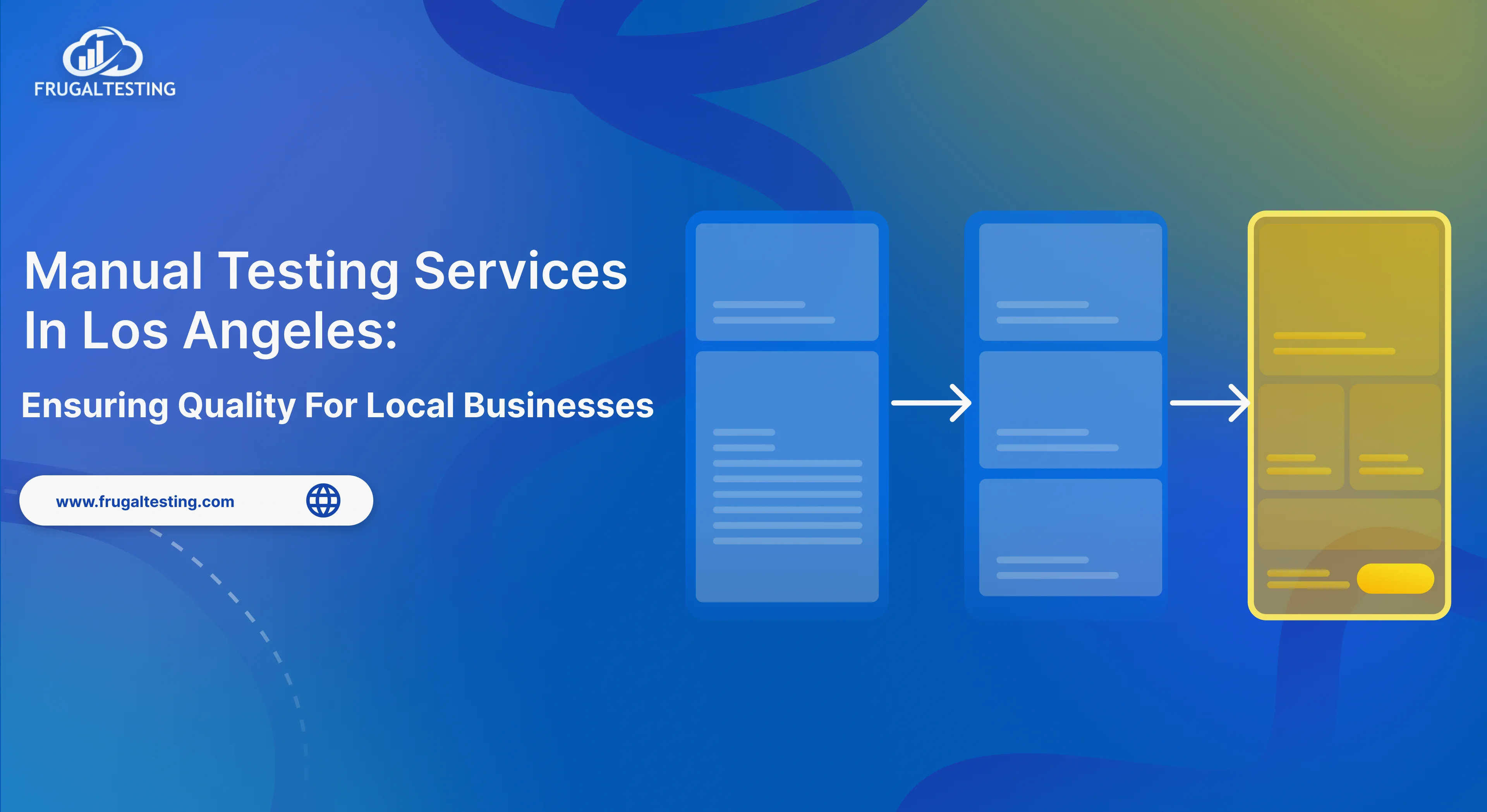🧠 Imagine an app so riddled with errors that it's a user's worst nightmare. Software testing prevents these catastrophic app experiences. Faced with tight deadlines and constant hurdles, how can US software projects excel in software testing?
This blog dives deep into the trenches, equipping you with the strategies and tools to transform your testing process. Here are the key takeaways:
📌 Testing Builds Trust: Deliver a rock-solid experience and users become loyal fans.
📌 Tame Testing Challenges: Sharpen your skills and leverage powerful tools to conquer roadblocks.
📌 The Future is Here: Embrace AI, automation, and security for a testing revolution.
📌 Quality Pays Off: Investing in testing and a great testing team translates to happy users and a thriving software project.
Get ready to say goodbye to bugs and hello to flawless launches!

Why is Software Testing important?
💻 Imagine this: you finally built that amazing app, the one you poured your heart and soul into. It looks amazing, boasts incredible features, but... then it crashes every other time you try to use it. Frustrating, right? Software testing is all about preventing that exact scenario. It's the quality check that ensures your software isn't just a pretty face, but a reliable, secure, and user-friendly experience.
Think of your testing efforts like building a house. You wouldn't skip the foundation inspection, would you? Software testing is the foundation check for your digital creation. Testers and development teams proactively uncover bugs, glitches, and security weaknesses and fix issues, respectively before they escalate. A faulty banking app could lead to financial headaches, while a buggy medical device could have even more serious consequences.
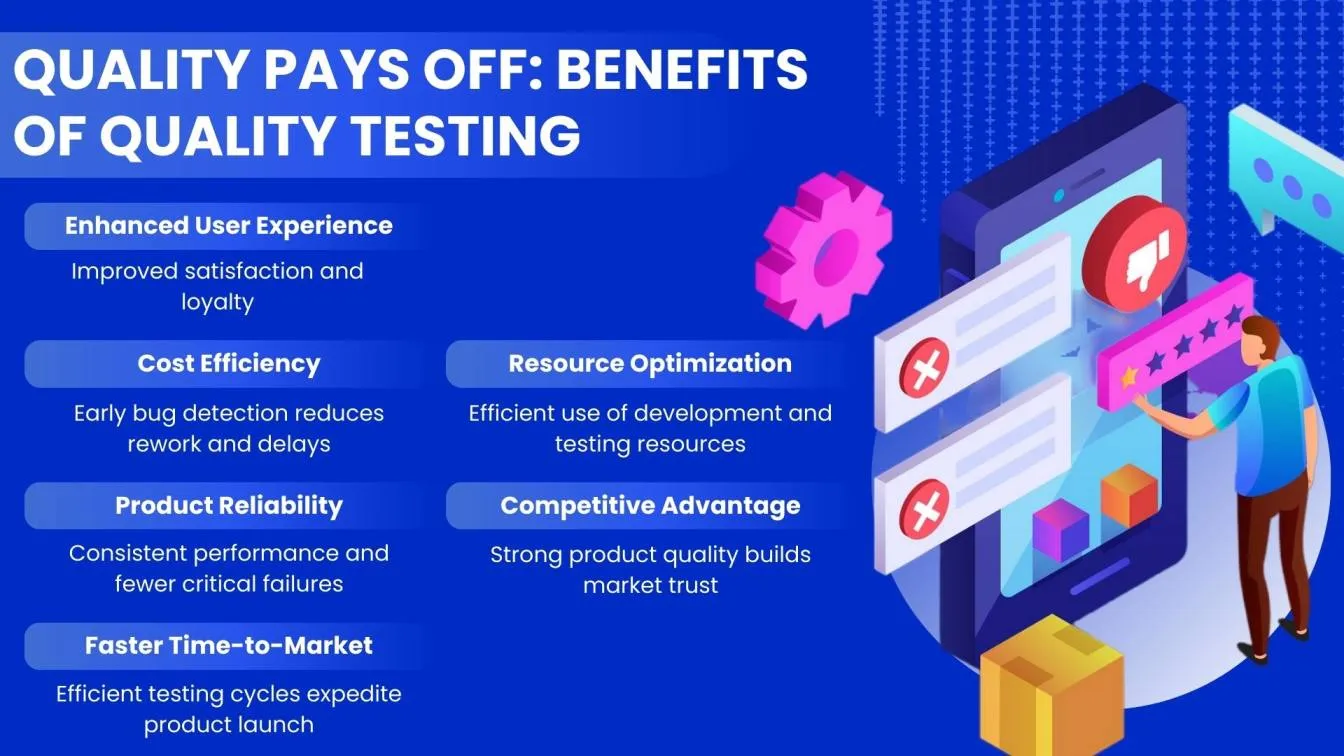
But it's not all about disaster prevention. Software testing ensures your software performs as intended. You designed it to be a breeze to use, right? Testers make sure that's actually the case. No more wrestling with online forms that refuse to submit, or apps that hang like a bad connection. It's about creating a smooth, frustration-free experience for your users, which ultimately leads to happy customers and a thriving product.
Let's not forget the business side of things. Thorough testing helps catch issues early when they're cheaper and easier to fix. Imagine discovering a critical bug after the software has already launched – that's a costly mess to clean up. Testing upfront saves time, money, and a whole lot of headaches down the line.
So, software testing isn't just about finding bugs (although that's certainly important). It's about building trust, ensuring quality, and creating a product that users love. It's the invisible force field that protects your software from disaster and paves the way for success.
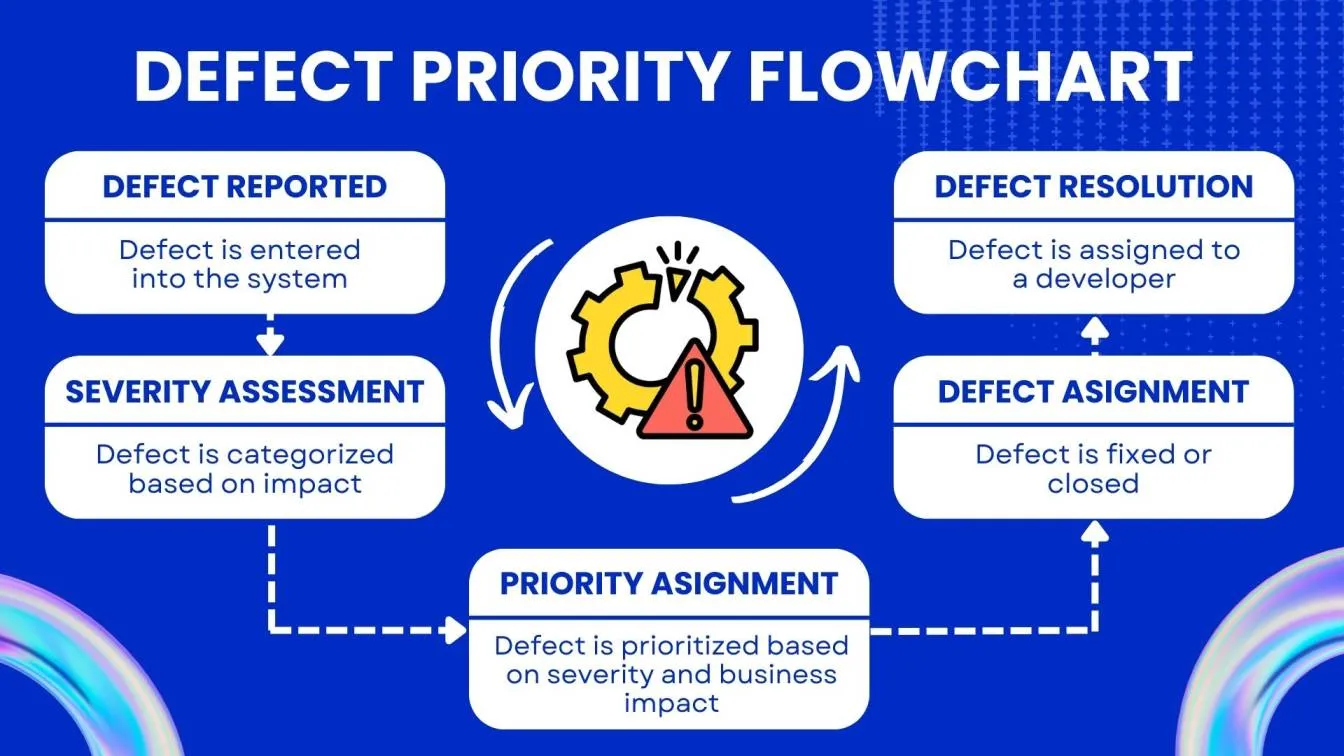
What are the Technical Challenges in the Software Development Cycle?
Even the smoothest SDLC and the entire software development process encounter technical bumps. Here are some key challenges testers face:
🎯 Shifting Targets: Evolving requirements mean test cases need to adapt, demanding clear communication across teams.
🎯 Complexity Overload: Intricate software necessitates strategic testing with automation tools to achieve thorough coverage.
🎯 Integration Intricacies: Ensuring seamless interaction between various components requires careful planning and collaboration.
🎯 Security Testing Journey: Testers must stay vigilant against ever-changing security threats, employing robust testing methodologies.
🎯 Time Tightrope: Deadlines can tempt skimping on testing, but automation and prioritization can ensure quality within tight timeframes.
By tackling these challenges, testers can navigate the SDLC with confidence, delivering secure and high-quality software.

What are the Common Challenges faced by Testers in most US Projects?
Testers are guardians of quality, but their job can be riddled with roadblocks. Here are some frequent challenges in software testing they encounter:
⚙️ Communication Silos: Misunderstandings arise when testers and developers operate in isolation. Clear communication is key to ensuring everyone's on the same page.
⚙️ Ever-changing landscapes: Last-minute requirement changes can throw a wrench into testing plans. Testers need to be adaptable and prioritize effectively.
⚙️ Time Crunch: Tight deadlines can pressure testers to rush, potentially missing critical bugs.
⚙️ Unstable Environments: Bugs can lurk in unreliable testing environments. Dedicated and well-maintained environments are essential.
⚙️ The Documentation Dilemma: Unclear or outdated documentation makes test case creation difficult. Collaboration with developers and up-to-date documents are crucial.
By acknowledging these challenges in software testing, testers and project managers can work together to create a smoother testing process and deliver high-quality software.

What software testing tools are widely used to solve these challenges?
📋 So, we talked about the roadblocks testers face. But fear not, fellow tech enthusiasts! We have some pretty cool tools to help navigate those challenges in software testing.
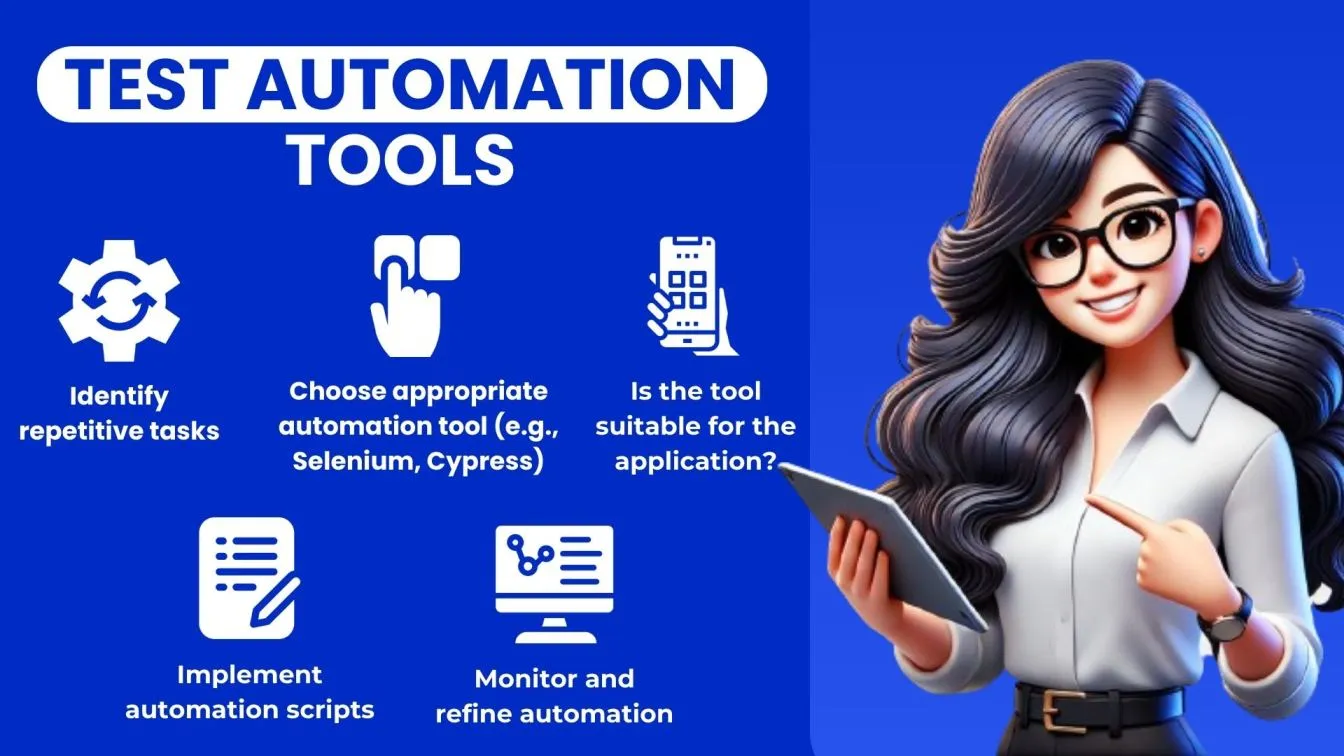
These tools are just a starting point, but they can seriously empower testers to conquer those challenges and ensure top-notch software and complex applications. By fostering regular meetings, clear documentation, and knowledge sharing, we can improve our ability to identify and resolve any unexpected issues. 📋
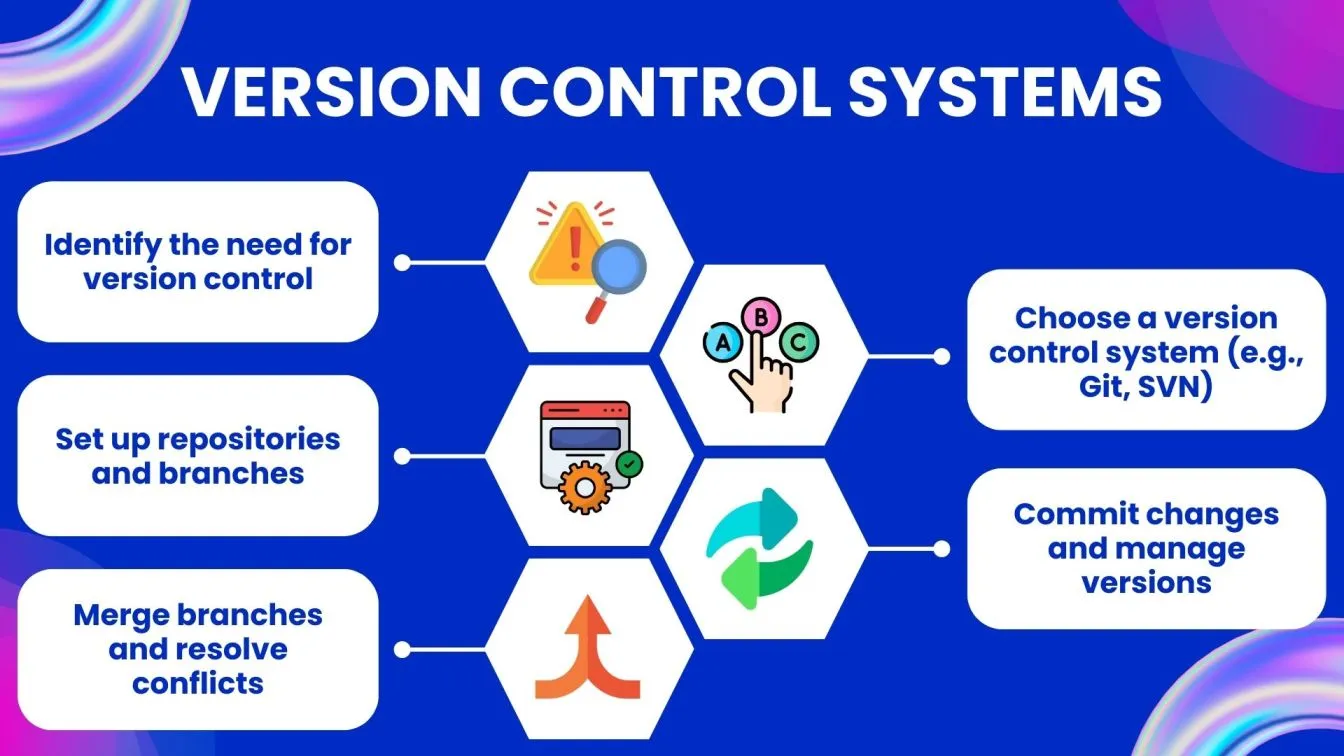
Best Practices for Countering the current challenges in US Software Industry
🔧 The US software industry throws a lot at us these days, ever-changing demands, tight deadlines, and the pressure to constantly innovate. Here are proven strategies to elevate your coding skills:

Adhering to these guidelines will position you as a top-tier software developer, capable of navigating complex challenges and delivering exceptional software solutions. 🔧
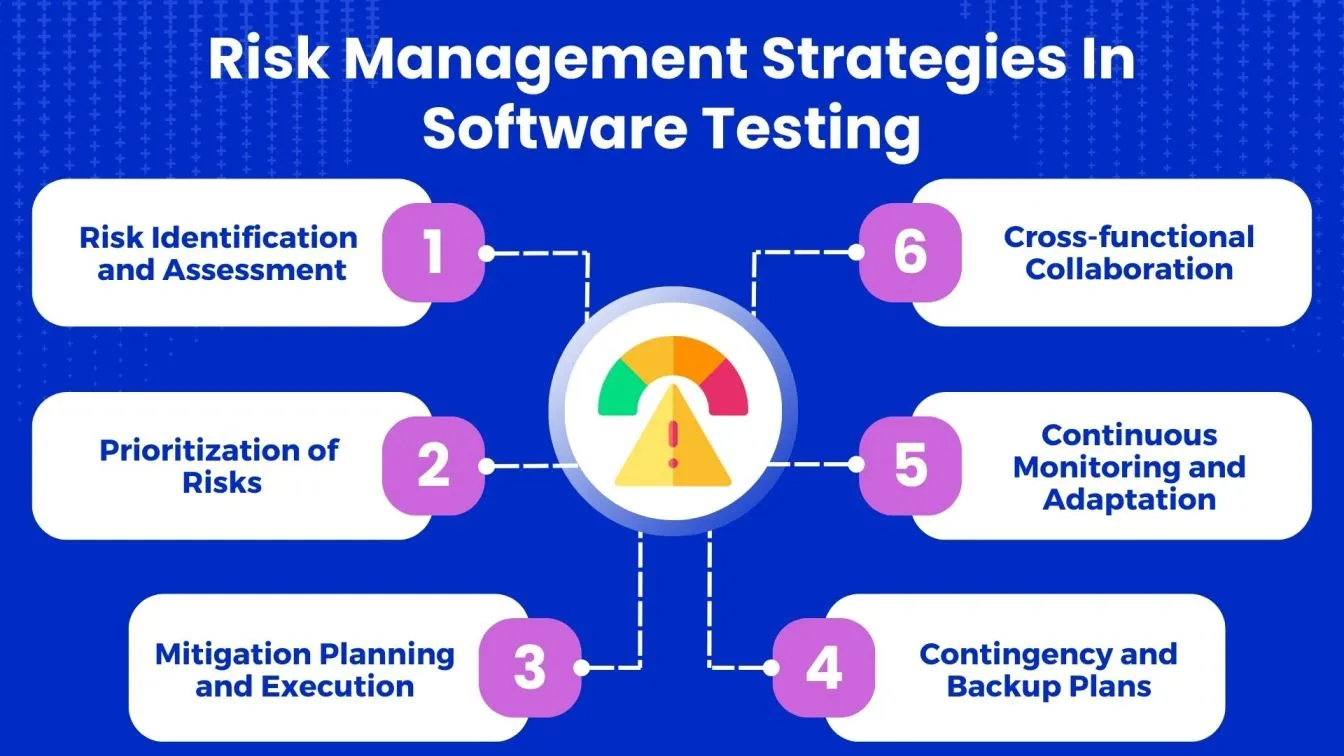
Strategies for Effective Team Management
Building a rockstar team isn't just about finding the most skilled ninjas. It's about creating a well-oiled machine where everyone gels and gets things done. Here are some secret weapons to add to your management arsenal:
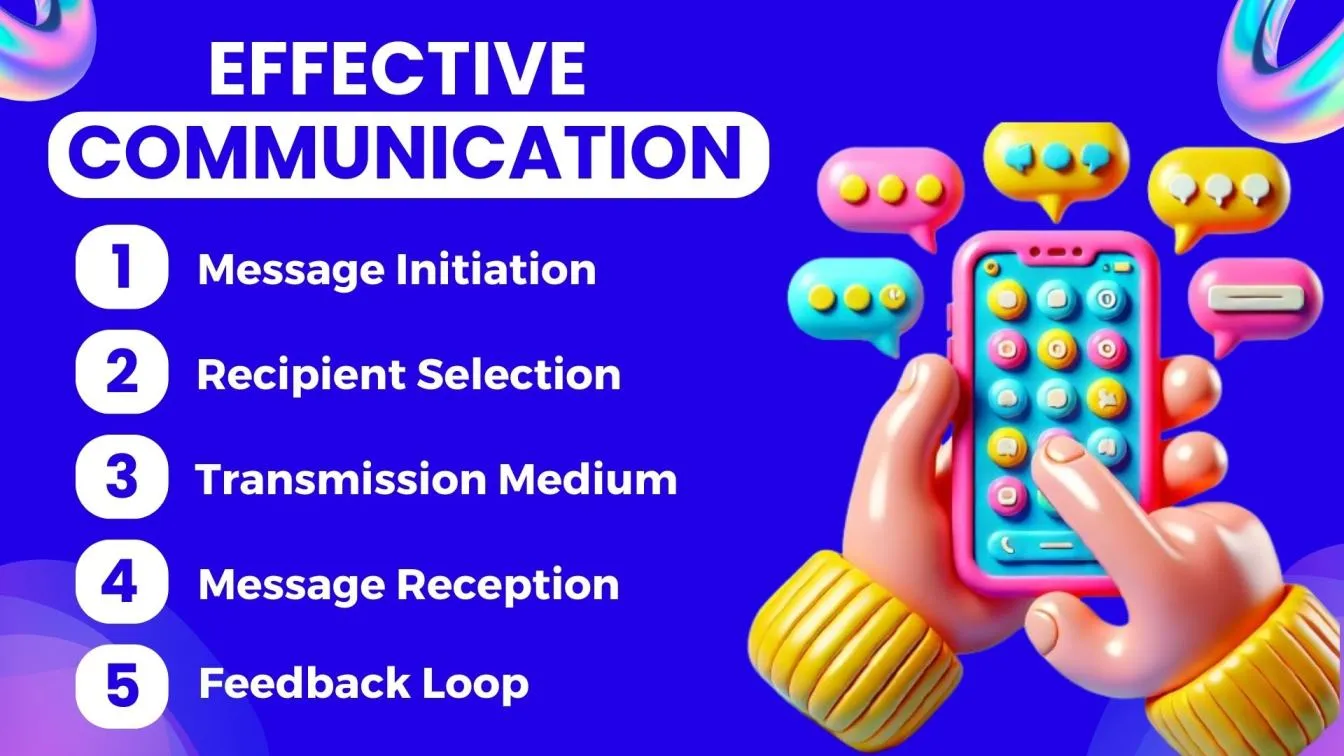
⏱️ Communication Crusade: Make communication a priority. No more cryptic emails or playing telephone with instructions. Use clear, consistent communication and keep everyone in the loop.
⏱️ Goal Getter Teamwork: Set clear goals together. This gives your team a roadmap and keeps everyone focused on the same objective. Think of it like having a treasure map – everyone knows where they're headed and how they contribute.
⏱️ Feedback Loop: Feedback isn't a one-way street. Give regular feedback, but also encourage open communication from your team. It's like having a constant coaching session – everyone learns and grows together.
⏱️ Delegation Methods: Don't be a micromanaging master! Delegate tasks based on strengths and empower your team to take ownership. Trust your team, and they'll shine!
⏱️ Celebrate the Wins: Recognition is key. Don't forget to celebrate milestones and achievements. A little praise goes a long way in keeping morale high.
By following these strategies, you'll transform your team from a ragtag group to a collaborative crew, conquering every project that comes your way!
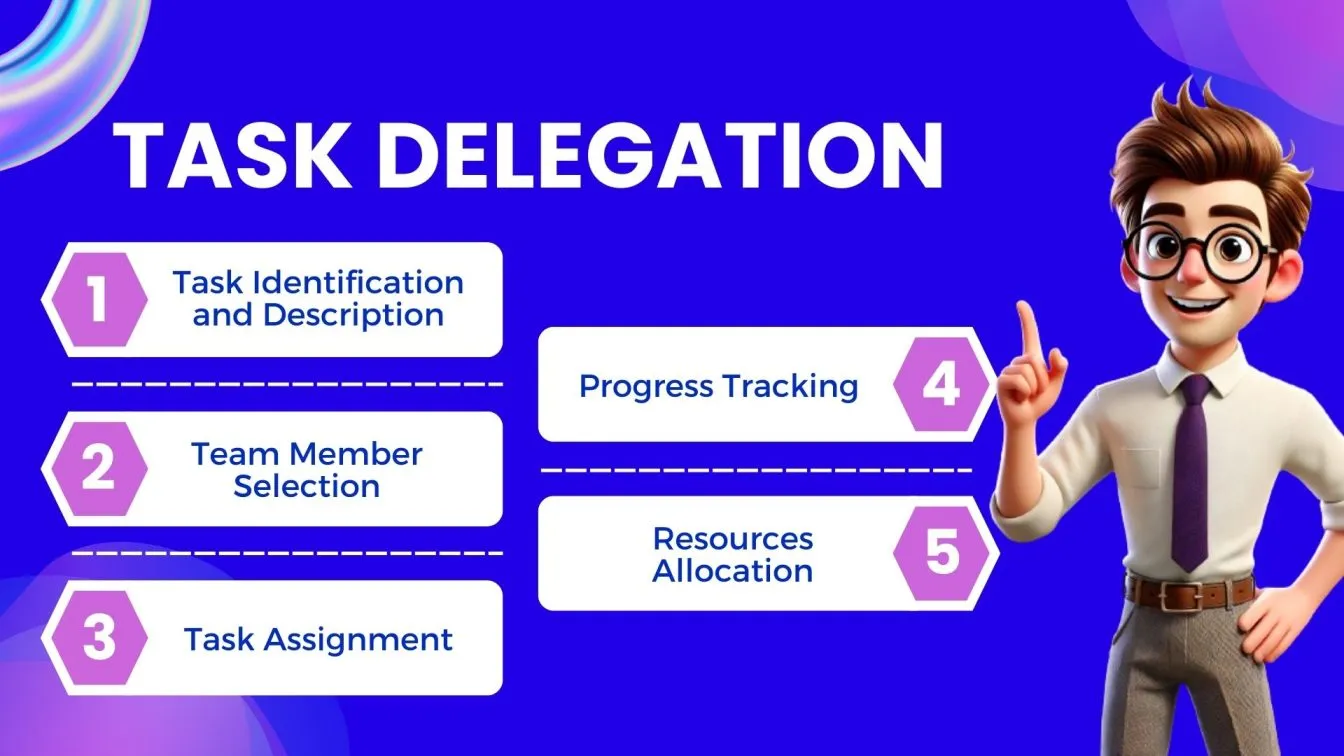
Do tight deadlines and time constraints complement fixing the Testing Challenges?
Let's be honest, testers and tight deadlines aren't exactly best pals. Ideally, you'd have all the time in the world to meticulously test every corner of an application. In reality, project timelines are typically compressed, creating immense pressure. So, are deadlines the enemy of good testing? Not necessarily! Here's the thing:
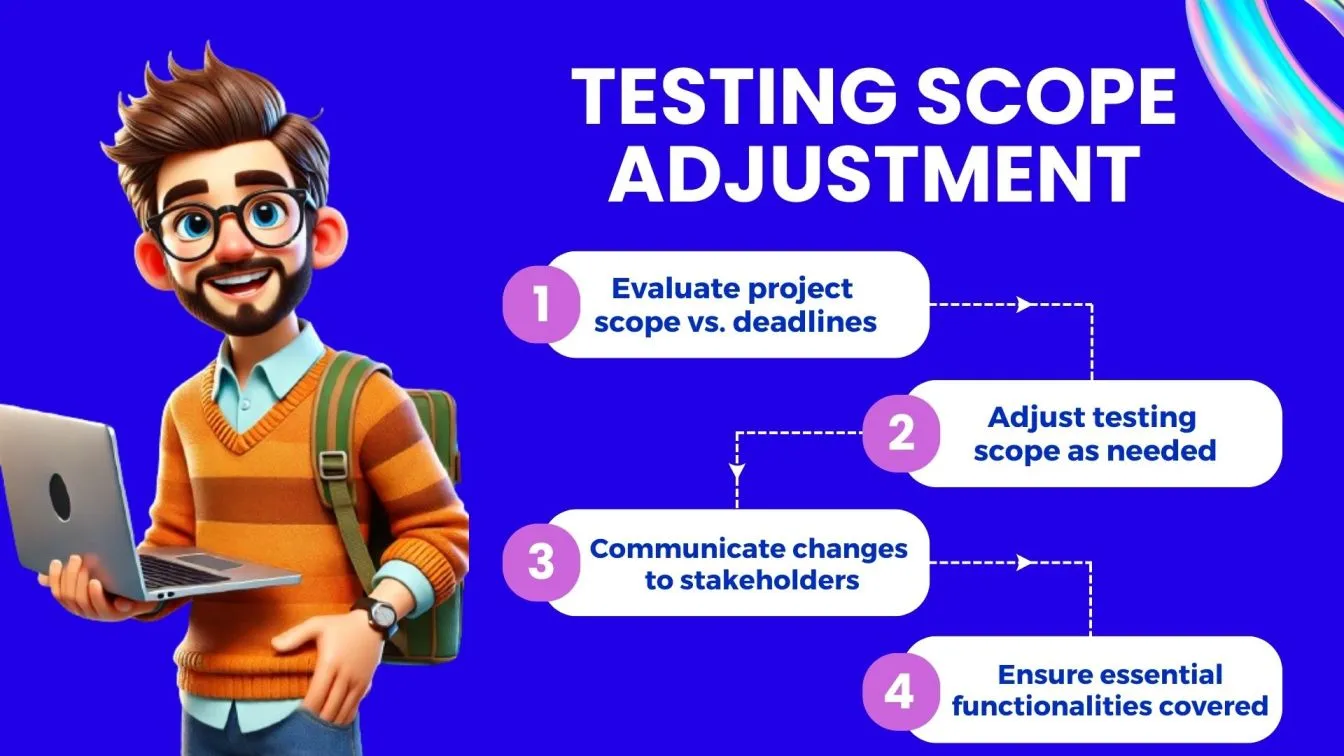
🕵️♂️Time-Critical Prioritization: Tight deadlines can actually force you to become a prioritization pro. You gotta focus on the most critical areas first, ensuring the core functionality is solid. Think of it like a triage situation – you gotta identify the biggest threats first.
🕵️♂️ Enemy of Thoroughness? Okay, this is where it gets tricky. While deadlines can push prioritization, they can also lead to skimping on thorough testing. Rushing through tests can mean missing sneaky bugs that bite users later. This is like putting a bandaid on a sword wound – it might hold for a bit, but trouble awaits.
🕵️♂️ The Art of the Balance: The key is finding the balance. Use the deadline pressure to prioritize effectively, but don't sacrifice the quality of your testing. Maybe automate some repetitive tasks to free up time for in-depth explorations. It's like being a tightrope walker – focused on the goal but careful not to fall.
Don't let deadlines overwhelm you, testing team! You're the quality control crew, and tight deadlines can actually make you better. By prioritizing ruthlessly, you can become a master of focus, finding ways to test the most important areas effectively. Think of it like this: a short delay with a polished product is way better than launching a buggy mess right on time. In the end, everyone wins with high-quality software!
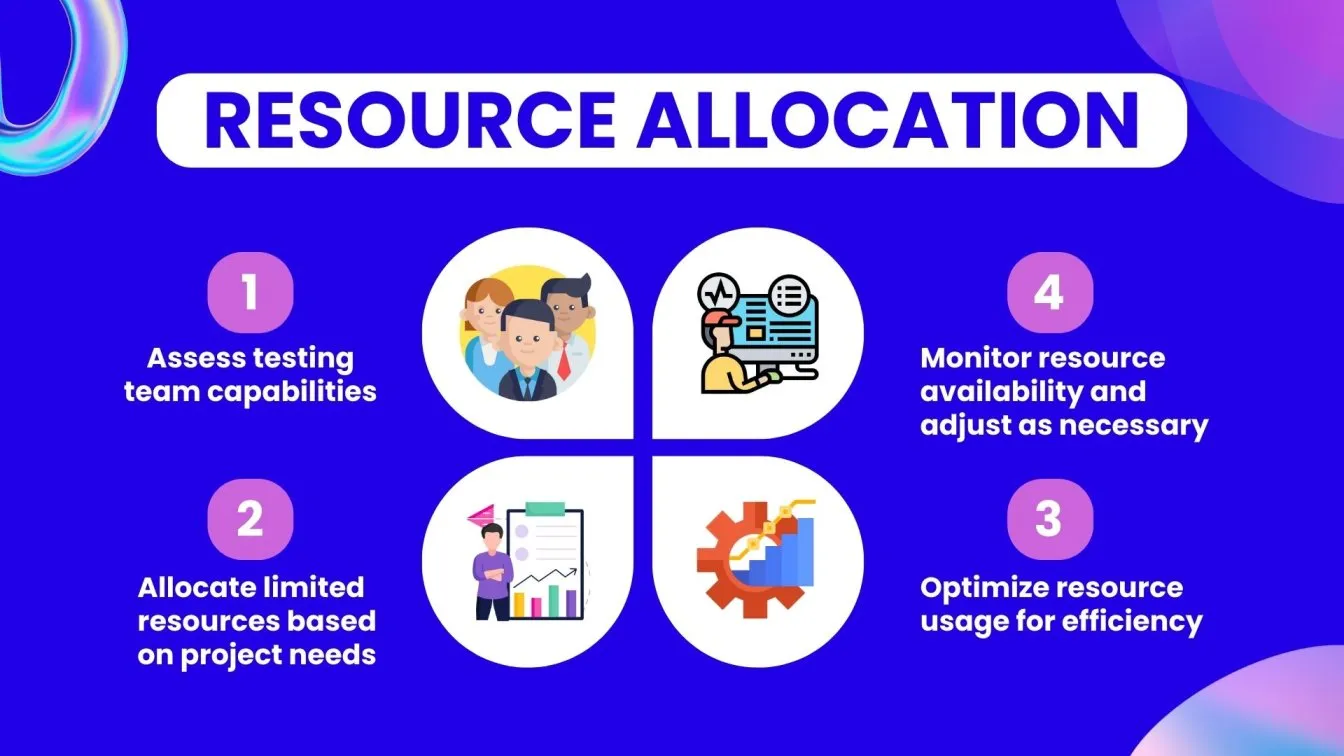
What is Risk Management in US Software Testing projects?
Risk management in software testing is like being a superhero safeguarding your project and other high-quality products from the menacing forces of bugs and glitches. It’s about predicting potential threats and devising strategies to prevent them from causing havoc.
Here's the gist:
🔄 Forewarned is Forearmed: The first step is identifying potential risks. Think blurry software requirements, last-minute changes, inadequate testing, or wonky testing environments. These are the potential pitfalls you must avoid!
🔄 The Power of Prioritization: Not all risks are equally harmful. Some are minor inconveniences, while others can cause catastrophic damage. Risk management helps you focus on the most critical issues first.
🔄 Building Your Defenses: Once you know the risks, you can create a battle plan! This might involve using different comprehensive testing techniques, setting clear communication channels, or having backup plans for shaky environments. It's like building a fortress around your software to keep those glitches at bay.
🔄 Adapting to the Plot Twist: Things don't always go according to plan. Risk management helps you stay flexible and adjust your approach as needed. Think of it like having a utility belt full of tools to deal with any unexpected situation.
By using risk management, you become a proactive software testing (accurate testing) hero, safeguarding your project from potential disasters and ensuring a smooth launch. Remember, a little planning goes a long way in the battle against software bugs.

What are the Future Trends of Software Testing?
The world of software testing (parallel testing too) is like a never-ending game of whack-a-mole – new technologies pop up all the time! here's a glimpse into the future to help you stay ahead of the curve:
📚 AI to the Rescue: Artificial intelligence (AI) is poised to become a game-changer. Imagine AI tools that can automatically generate test cases or even identify bugs based on patterns. Pretty cool, right? It's like having a tireless AI assistant by your side.
📚 The Rise of the Machines (for Good!): Test automation is on the rise, and it's not going anywhere. We'll see even more sophisticated tools that can automate repetitive tasks, freeing you up for more strategic testing. Think of it as having a robot army handling the mundane stuff.
📚 Testing on the Go – Everywhere! The Internet of Things (IoT) is here to stay, and that means testing everything from smartwatches to self-driving cars. Get ready for a world where software testing teams need to think beyond traditional applications. It's like testing a whole new universe of gadgets!
📚 Security First: As technology advances, so do the threats. Security testing will become even more crucial to ensure our software is safe from cyberattacks. Think of it as being a digital fortress architect, building strong defenses against invaders.
📚 The Power of the Crowd: Crowdsourced testing is gaining traction. Imagine a vast network of testers around the world helping you find bugs from different perspectives. It's like having a global army of testers at your fingertips!
The future of software testing is all about embracing new technologies, streamlining processes, and ensuring the quality of our ever-evolving digital world. So, buckle up and get ready for an exciting ride.
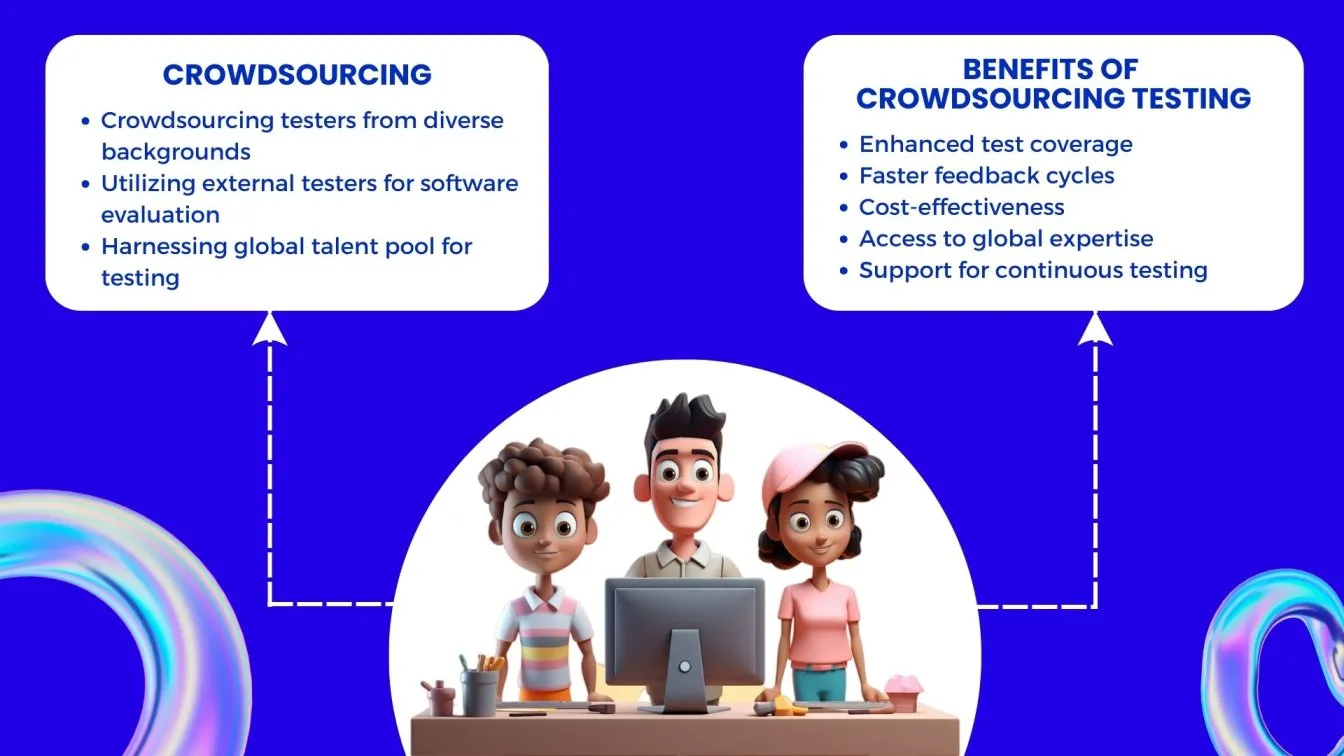
The Bottom Line
🚀 Software testing isn't just about finding bugs, it's about building trust. By ensuring a polished, user-friendly experience, testers become guardians of a software's reputation. While major challenges like time constraints and communication gaps are real, testers are equipped with a toolbox of strategies and cutting-edge tools.
From automation to risk management, these methods empower testers to conquer hurdles and deliver high-quality software. As technology evolves, the future of testing embraces AI, advanced automation, and an ever-increasing focus on robust security. Remember, a little extra time spent testing translates to a big win for users and the overall success of any software project. 🚀
In conclusion, successful software testing hinges on effective communication between the development team and experienced testers, the wise use of management tools, and allocating ample time for testing activities. Even with limited resources, a clear understanding of business requirements can guide testing efforts toward a more effective and successful software outcome.

People also asked
👉 What is the major disadvantage of manual testing?
Manual testing is time-consuming and prone to human error.
👉 What is a major usability testing challenge?
Ensuring diverse user participation to accurately reflect real-world scenarios.
👉 Is testing harder than development?
Testing can be as challenging as development due to the need for thorough validation and bug detection.
👉 What is the biggest issue with standardized testing?
Standardized testing often fails to account for individual learning differences and diverse educational needs.





%201.webp)
